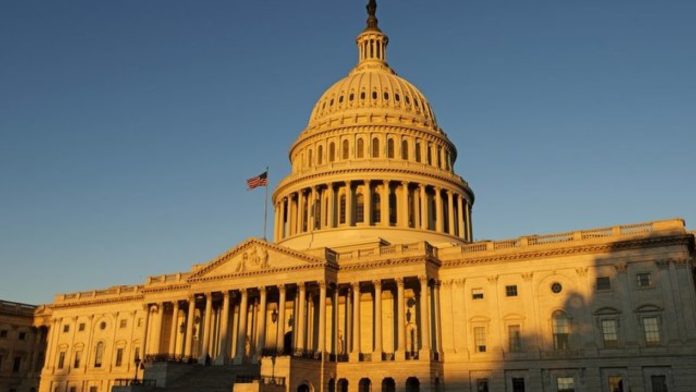
Mr. Hogan is as strong as garlic in a deep-blue state because as governor he cut taxes, fees and tolls each of his eight years, while improving education and helping the state recover from Baltimore’s violent 2015 riots. Voters see him as independent and authentic, giving him a great shot to become the first Maryland Republican elected to the Senate since 1980.
The Maryland poll is only the latest bad turn for Senate Democrats. They hold a 51-49 majority, and 23 Democratic Senate seats are up this year, counting those of independents Bernie Sanders and Angus King. With Republicans defending only 11 seats, Democrats have no room for error.
Most GOP seats up this year are in deep-red states. Only two Republicans could have real contests—Ted Cruz of Texas and Rick Scott of Florida. But a March 21 Marist survey has Mr. Cruz ahead 51% to 45%, while even a highly partisan Democratic pollster had Mr. Scott up 44% to 41% on March 1. As long as both men run through the tape, they should be fine.
Democrats, on the other hand, have lots of problems. Republican Gov. Jim Justice is virtually guaranteed to take the West Virginia seat of retiring Sen. Joe Manchin. Democrats hold two other seats in states Donald Trump won in the last two presidential elections: Montana (which Mr. Trump carried by 16 points in 2024) and Ohio (8 points). Flipping them, too, would result in a 52-48 GOP Senate.
In Montana, Democrats are trashing Sen. Jon Tester’s opponent, Tim Sheehy, a decorated Navy SEAL turned entrepreneur. They have spent as much as $1 million some weeks during their several-months-long television assault. Still, a March 2 poll showed Mr. Tester ahead only 44% to 42%. That isn’t encouraging news for three-term incumbent.
In Ohio, PACs supporting three-term Democratic incumbent Sherrod Brownboosted Republican car dealer Bernie Moreno with nearly $3 million in ads before last week’s primary. Democrats gambled Mr. Moreno would be the easiest Republican to beat. We’ll find out soon if that was a smart bet in now reliably red Ohio.
Republicans have reasonable chances to add seats in three Great Lakes states. In Pennsylvania, combat veteran and businessman Dave McCormick faces three-term incumbent Democrat Bob Casey. A March 13 poll showed Mr. McCormick only slightly trailing, 41% to 45%. In Wisconsin, developer and banker Eric Hovdeposts up against incumbent Tammy Baldwin. A March 18 survey has him down 42% to 45%. The gap was 8 points three weeks earlier, before Mr. Hovde announced. For Michigan’s open seat, the likely GOP nominee is former House Intelligence Chairman Mike Rogers. The ex-FBI agent will face Democratic Rep. Elissa Slotkin, once a CIA analyst. A March 18 poll pegs the race at 39% for Mr. Rogers, 41% for Ms. Slotkin.
Since all three states are presidential battlegrounds, they’ll be close. With Democratic money driving turnout against Mr. Trump, the GOP candidate must hold the Trump vote while winning suburbanites who would support down-ballot Republicans but not Mr. Trump. These three Republicans have the profiles to do that.






